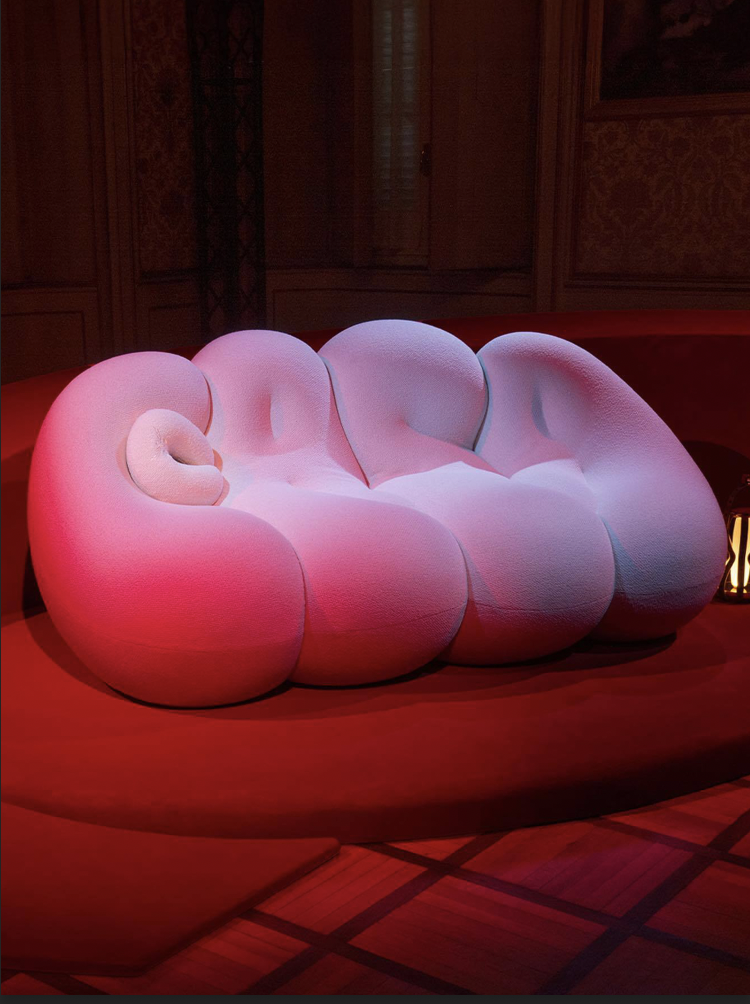The DIY Issue: Pinkwashing or Empowerment?
If you’d told me when I was a teenager that I would be a model, I would have slapped you around the face and told you to return to whatever planet you’d come from. It was never something that I envisaged for myself. Now, though, as a world-class, never-before-seen, stunning, bald beacon of model-esque stature, I have a career in the fashion world and I’ve discovered that the industry is full of red flags and misdemeanours.
The creative arts have long been considered a searchlight for undiscovered and diverse talent, but being a marginalised voice within the cogs and struts of the fashion world often leaves a sour taste in the mouth, especially when it comes to my gender identity. As a trans person, I’ve come across many hurdles in the industry. It’s brought me to the conclusion that fashion is not as accessible for queer and trans folk as it would like to have the world believe.
A lot of the work that I, and fellow queer and trans models, end up doing revolves around Pride Month. The floodgates open at the end of May, with brand opportunities, rainbow-packaged meals and glitter-clad toilet-seat covers. It’s overwhelming. Will this system of month-long exposure ever create actual social change for the most marginalised LGBTQIA+ folks? Of course not, that was never the goal. If I’m brutally honest, it’s really just a case of mutual exploitation: brands want to appear queer-friendly, often not backing up their words with action, and queer models like me want a month of reliable work.
But if we dial down some of the cynicism, we can begin to use this month to put wider change in motion. Personally, I offer consultancy and one-on-one training with the campaign managers, brands and agencies I work with, to make sure that their advocacy for the queer community doesn’t just stop at the end of June and that they’re creating an environment for their staff and customers that is queer and trans-friendly. By using my foot in the door to push it open wider, I’m hopefully ensuring that, in the future, trans representation is more accommodating, realistic and representative of the whole community.
Unfortunately, this year’s celebrations felt even more flaccid in their approach than in previous years. Lockdown and the global pandemic meant that many corporations scrambled to create a Pride that they had clearly forgotten about. From misgendering in campaigns to displaying a lack of understanding of the realities facing the community, the mistakes made were so great that it felt like we were an afterthought – even more so than normal. We know, as queer people, that corporations’ Pride activities don’t change the world, but sometimes their approach can even be more dangerous to us than beneficial.
Capitalism and Pride have developed an intensely fraught relationship, as seen during marches where brands, corporations and organisations such as Skittles and Lloyds Bank walk alongside life-saving charities such as AKT and Switchboard. Most believe it’s unnecessary, or in poor taste, for brands to co-opt the Pride movement for brand recognition and product sales, and I agree. However, this doesn’t mean that corporations shouldn’t be involved with Pride at all.
When queer folks, especially trans people, experience routine employment discrimination and workplace harassment, we shouldn’t be judged for wanting to take the opportunities offered to us, especially when brands work to get it right. Over the past few years, I’ve seen some companies do amazing work where they’ve handed over the reins to their campaign and allowed queer people the chance to take ownership of their own representation. If campaigns can be made like this, with a sense of “by the community, for the community”, then I’m all for them.
Moving forward, let’s remind ourselves of our priorities when it comes to queer messaging. If we are putting all of our weight, energy and time into analysing a brand’s Pride campaign, without actually addressing trans folks’ – and particularly trans women of colour’s – lived experiences, then we need to realign our focus. At the end of the day, we have to keep shouting about the causes that actually need the most attention.
Jamie’s first book, ‘In Their Shoes’, is out now. The DIY Issue is out now, get your own copy here.

